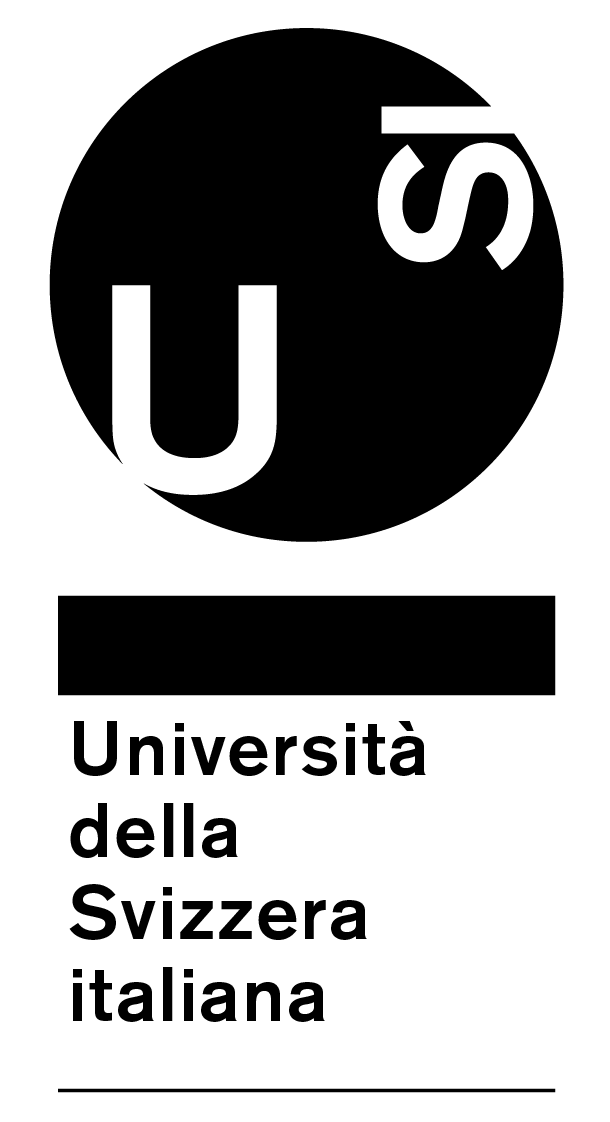Geometry-Aware Scattering Compensation for 3D Printing
1MPI Informatik 2Charles University 3Università della Svizzera italiana 4IST Austria 5University College London

Abstract:
Commercially available full-color 3D printing allows for detailed control of material deposition in a volume, but an exact reproduction of a target surface appearance is hampered by the strong subsurface scattering that causes nontrivial volumetric cross-talk at the print surface. Previous work showed how an iterative optimization scheme based on accumulating absorptive materials at the surface can be used to find a volumetric distribution of print materials that closely approximates a given target appearance. In this work, we first revisit the assumption that pushing the absorptive materials to the surface results in minimal volumetric cross-talk. We design a full-fledged optimization on a small domain for this task and confirm this previously reported heuristic. Then, we extend the above approach that is critically limited to color reproduction on planar surfaces, to arbitrary 3D shapes. Our proposed method enables high-fidelity color texture reproduction on 3D prints by effectively compensating for internal light scattering within arbitrarily shaped objects. In addition, we propose a content-aware gamut mapping, that significantly improves the color reproduction for the pathological case of thin geometric features. Using a wide range of sample objects with complex textures and geometries, we demonstrate color reproduction whose fidelity is superior to state-of-the-art drivers for color 3D printers.
Acknowledgements:
We thank Donald Degraen for helping with the post-processing of the printouts, Philipp Urban for advice on our evaluation, Sketchfab users William Zarek (Octo Star), laurashea (Red Vase) and CMPLab (Yellow Vase) for the models and the reviewers for their valuable feedback. This project has received funding from the European Union’s Horizon 2020 research and innovation programme, under the Marie Skłodowska-Curie grant agreement No 642841 (DISTRO), and under the European Research Council grant agreement No 715767 (MATERIALIZABLE). It was further supported by the Czech Science Foundation grants 16-18964S, 16-08111S and 19-07626S.
